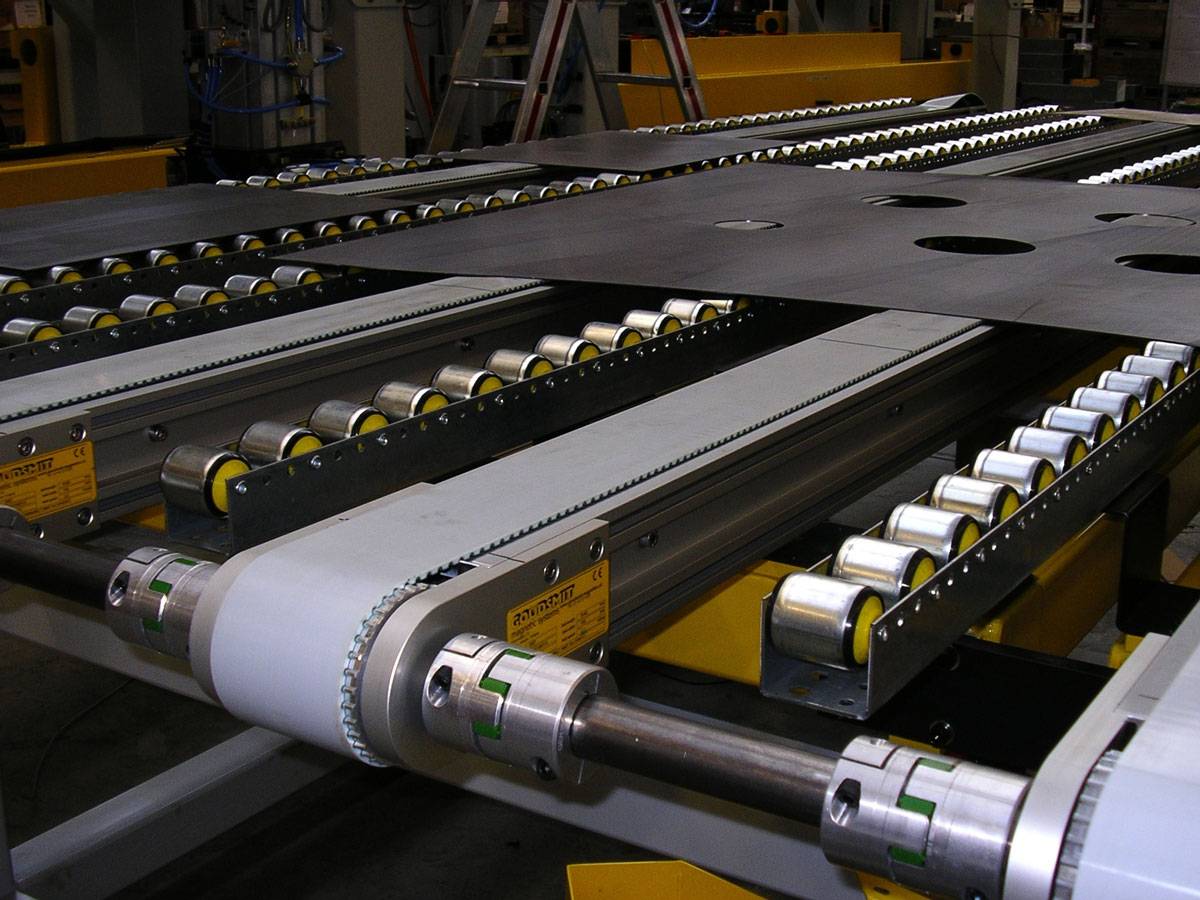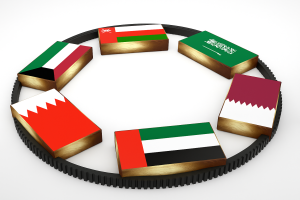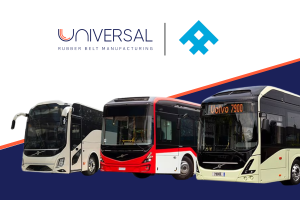Introduction
Belts are indispensable components in both the automotive and industrial sectors. Whether transferring mechanical power, driving machinery, or synchronizing engine parts, belts keep systems functioning with efficiency and precision. As industries advance, the design, materials, and applications of belts evolve to meet changing demands. In this comprehensive blog, we explore the key types of automotive and industrial belts, how to choose the right one, and the transformative trends shaping the belt industry in 2025.
Automotive Belts – Types and Functions
Serpentine Belts
Serpentine belts are long, continuous belts used in modern vehicles to drive multiple engine accessories simultaneously. These include the alternator, power steering pump, water pump, and air conditioning compressor. One major advantage of serpentine belts is their compact design, which reduces engine clutter and makes replacement easier.
Advantages:
- One belt for multiple components
- Easier maintenance and alignment
- Improved energy efficiency
Common Symptoms of Wear:
- Squealing noise
- Cracks or fraying
- Power loss in engine accessories
Timing Belts
Timing belts ensure synchronization between the crankshaft and camshaft. This synchronization is critical for engine performance and avoiding internal damage. Timing belts are made of durable rubber with high-tensile fibers and require replacement typically every 60,000 to 100,000 miles.
Importance:
- Prevents engine misfires
- Enables precise valve timing
- Enhances fuel efficiency
V-Belts
Older vehicles or specialized automotive systems may use V-belts. These belts have a V-shaped cross-section that wedges into pulleys, providing high grip and reducing slippage. Though mostly phased out in modern cars, V-belts remain useful in high-load applications.
Use Cases:
- Classic cars
- High-friction applications
- Smaller accessory drives
Industrial Belts – Performance in Demanding Environments
Industrial belts are central to the functioning of manufacturing systems, conveyors, HVAC systems, and more. Unlike automotive belts, which are compact and high-speed, industrial belts are designed for durability, high load-bearing, and often operate under harsher conditions.
Conveyor Belts
Used widely in manufacturing, food processing, packaging, and logistics, conveyor belts are flat, durable belts that move materials or products across distances.
Types of Conveyor Belts:
- PVC Belts – Ideal for light to medium loads.
- Modular Plastic Belts – Best for wet or abrasive environments.
- Metal Belts – High-temperature or food-grade environments.
Selection Factors:
- Load weight
- Operating environment
- Belt speed
Power Transmission Belts
These belts are designed to transfer power between rotating shafts. They’re critical in machine tools, agricultural machinery, and HVAC systems.
Key Varieties:
- Flat Belts – Quiet operation and high efficiency.
- Toothed Belts – Precise speed and torque control.
- Round Belts – Used in serpentine or twisted configurations for lightweight systems.
Benefits:
- Noise reduction
- Minimal maintenance
- Energy savings
Specialty Industrial Belts
Industrial environments often require custom belts designed for specific applications. Examples include:
- High-Temperature Belts
- Anti-static Belts
- Oil-Resistant Belts
Industry Use Cases:
- Mining
- Food processing
- Pharmaceutical manufacturing
How to Choose the Right Belt
Step 1: Define Your Requirements
- Load type and weight
- Environmental factors (heat, chemicals, moisture)
- Required torque and speed
- System size and configuration
Step 2: Match Belt Material to Application
- Rubber: Durable and flexible
- Neoprene: Resistant to oils and heat
- Polyurethane: Wear-resistant and strong
Step 3: Evaluate Lifecycle Costs
Low upfront cost doesn’t always mean savings. A higher-grade belt may last longer, reduce downtime, and save on maintenance.
2025 Industry Trends in Belt Technology
Smart Belts and Embedded Sensors
Smart belts incorporate RFID chips, temperature sensors, and tension monitors. These sensors send real-time data to control systems, enabling predictive maintenance and optimizing performance.
Benefits:
- Reduced downtime
- Real-time alerts on wear or misalignment
- Improved maintenance planning
Industries Adopting Smart Belts:
- Automotive
- Aerospace
- Manufacturing automation
Sustainability and Green Manufacturing
The demand for eco-friendly belts is increasing. Manufacturers are now using recycled materials and biodegradable compounds to reduce environmental impact.
Sustainable Features:
- Low-VOC (volatile organic compound) emissions
- Recyclable thermoplastics
- Energy-efficient production methods
Certifications to Look For:
- RoHS compliance
- ISO 14001 certification
- EPA green label
Enhanced Material Science
Research into new belt materials is leading to belts with higher friction coefficients, better flexibility, and resistance to chemical corrosion. Graphene, carbon fiber, and aramid fibers are becoming standard in high-performance belts.
Advantages:
- Longer lifespan
- Higher temperature tolerance
- Superior tensile strength
AI-Driven Maintenance and Monitoring
With the rise of Industry 4.0, AI and machine learning are being used to analyze belt performance data. These systems can detect anomalies early and recommend preemptive actions.
Capabilities:
- Predict component failure
- Track usage patterns
- Optimize belt configurations in real-time
Why Universal RBM Is Your Ideal Partner
At Universal RBM, we specialize in supplying premium belts for both automotive and industrial sectors. With our extensive catalog, expert support, and commitment to innovation, we help you stay ahead of wear, failure, and downtime.
What We Offer:
- OEM-grade automotive belts
- Custom industrial belt solutions
- Bulk orders and timely delivery
- Engineering consultation for special applications
Contact Us Today: Stay competitive and efficient with Universal RBM’s belt solutions. Visit https://universal-rbm.com or contact us for a quote.
Conclusion
Belts may seem simple, but their impact is massive. From powering your car to driving industrial machinery, they are foundational to modern operations. As technology and sustainability reshape the industry, keeping up with trends and choosing the right partners becomes essential. Universal RBM stands ready to guide you into the future of belt-driven performance.
Focus Keyphrase: belt technology trends 2025
Additional SEO Keywords: automotive belts, industrial belts, smart belts, sustainable belts, timing belts, serpentine belts, conveyor belts, power transmission, predictive maintenance, belt materials
Meta Description: Discover the essential roles of automotive and industrial belts, their types, applications, and explore the latest 2025 trends in belt technology including smart systems, sustainability, and predictive maintenance.





